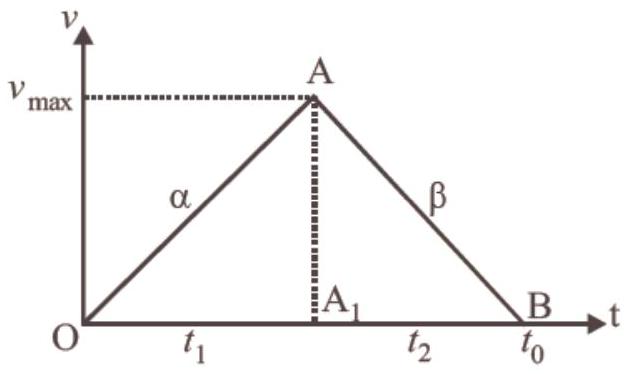Motion in a Straight Line - Result Question 27
28. A car accelerates from rest at a constant rate
[1994]
(a)
(b)
(c)
(d)
Show Answer
Answer:
Correct Answer: 28. (d)
Solution:
velocity,
acceleration
Acceleration is zero at

In Fig.
But
or,
If a body starting from rest accelerates at a constant rate
Distance travelled by the body






